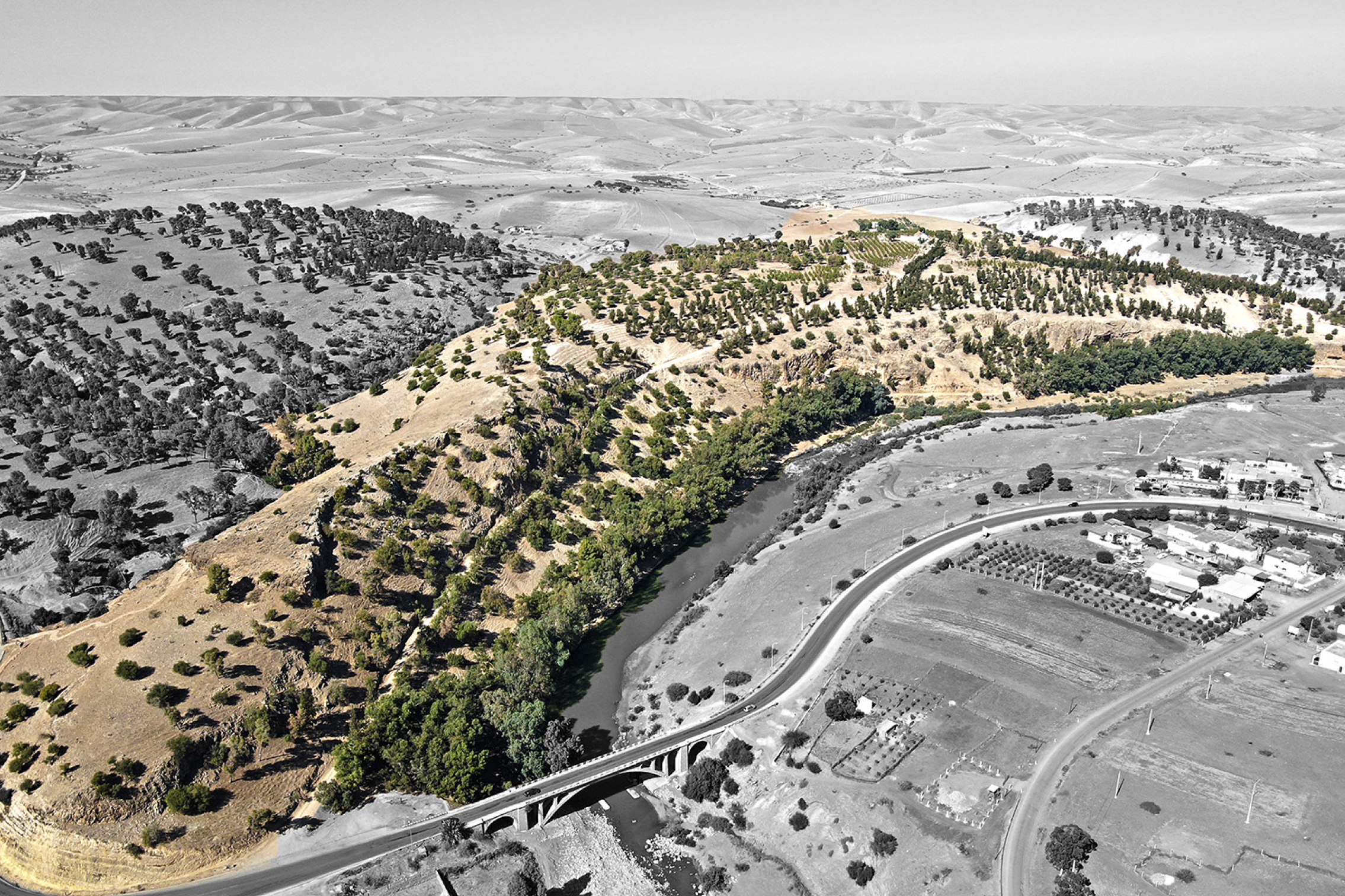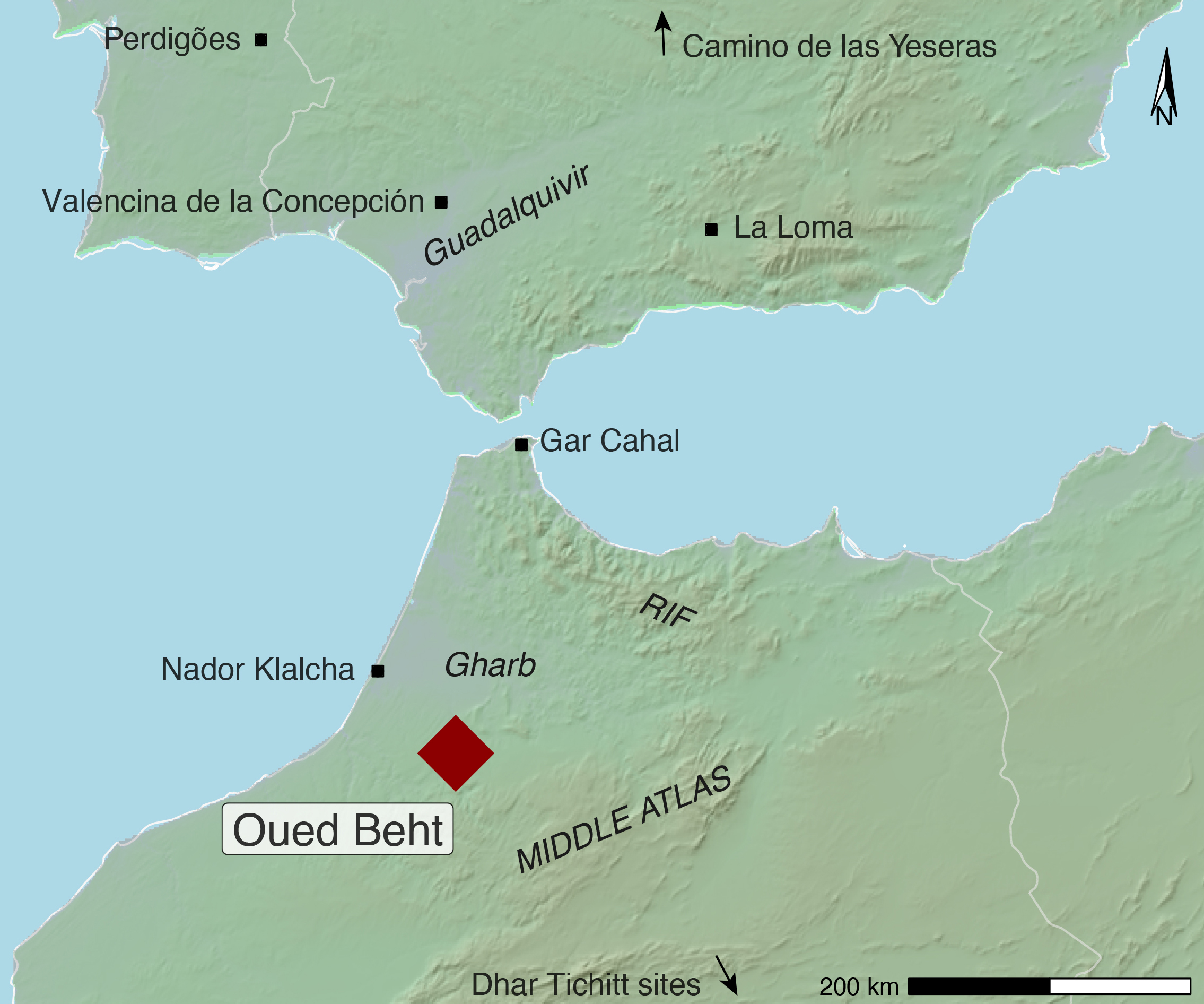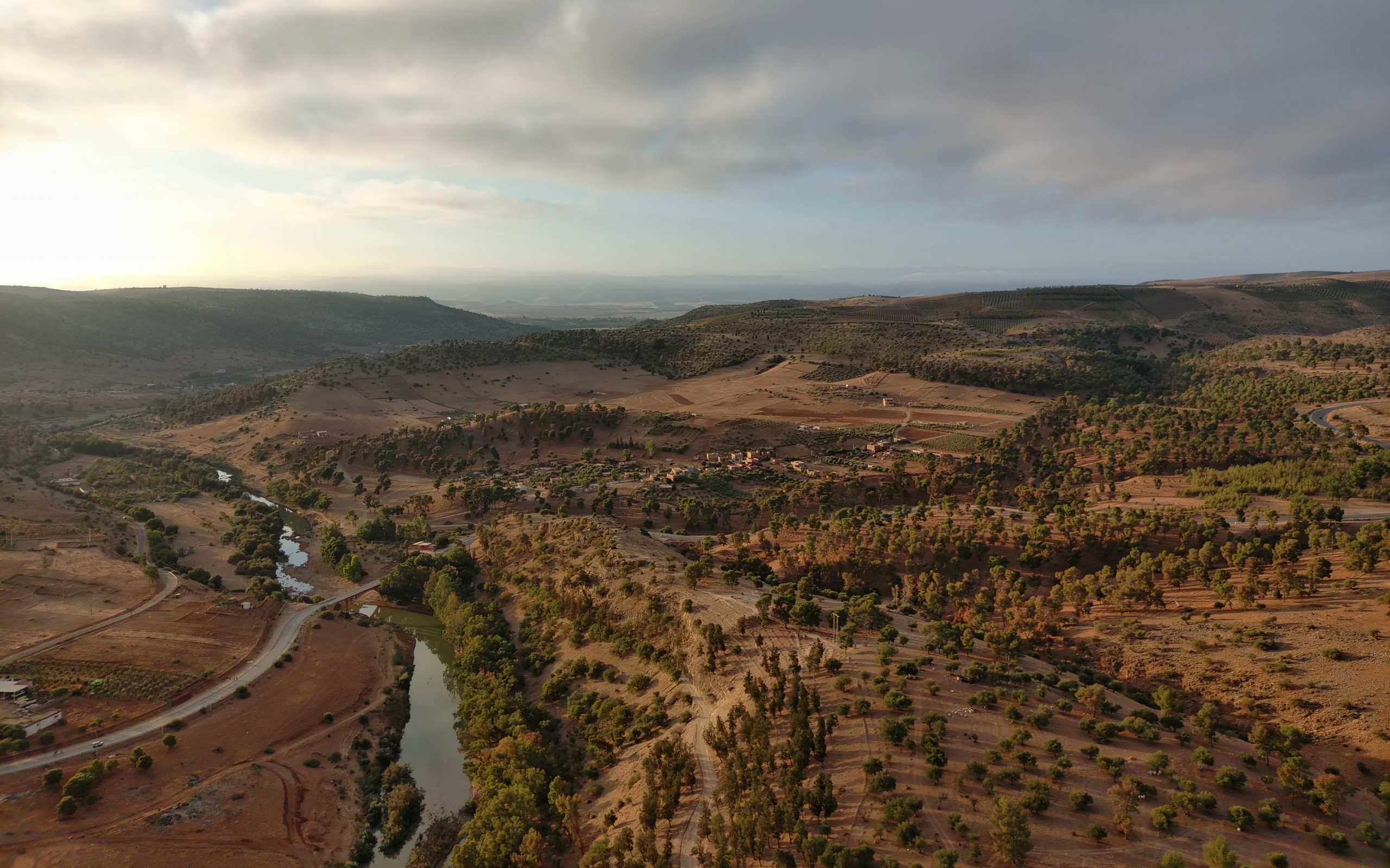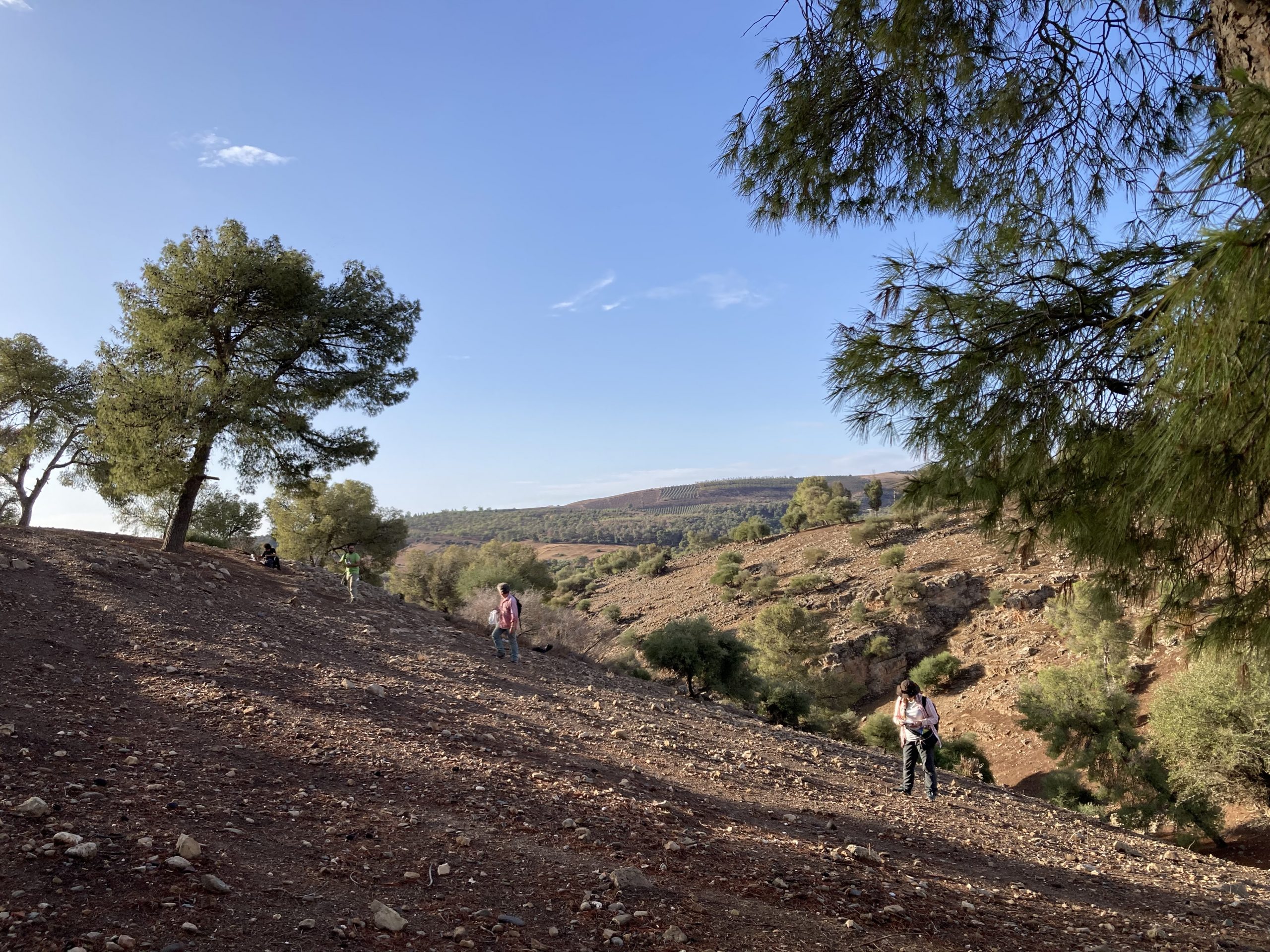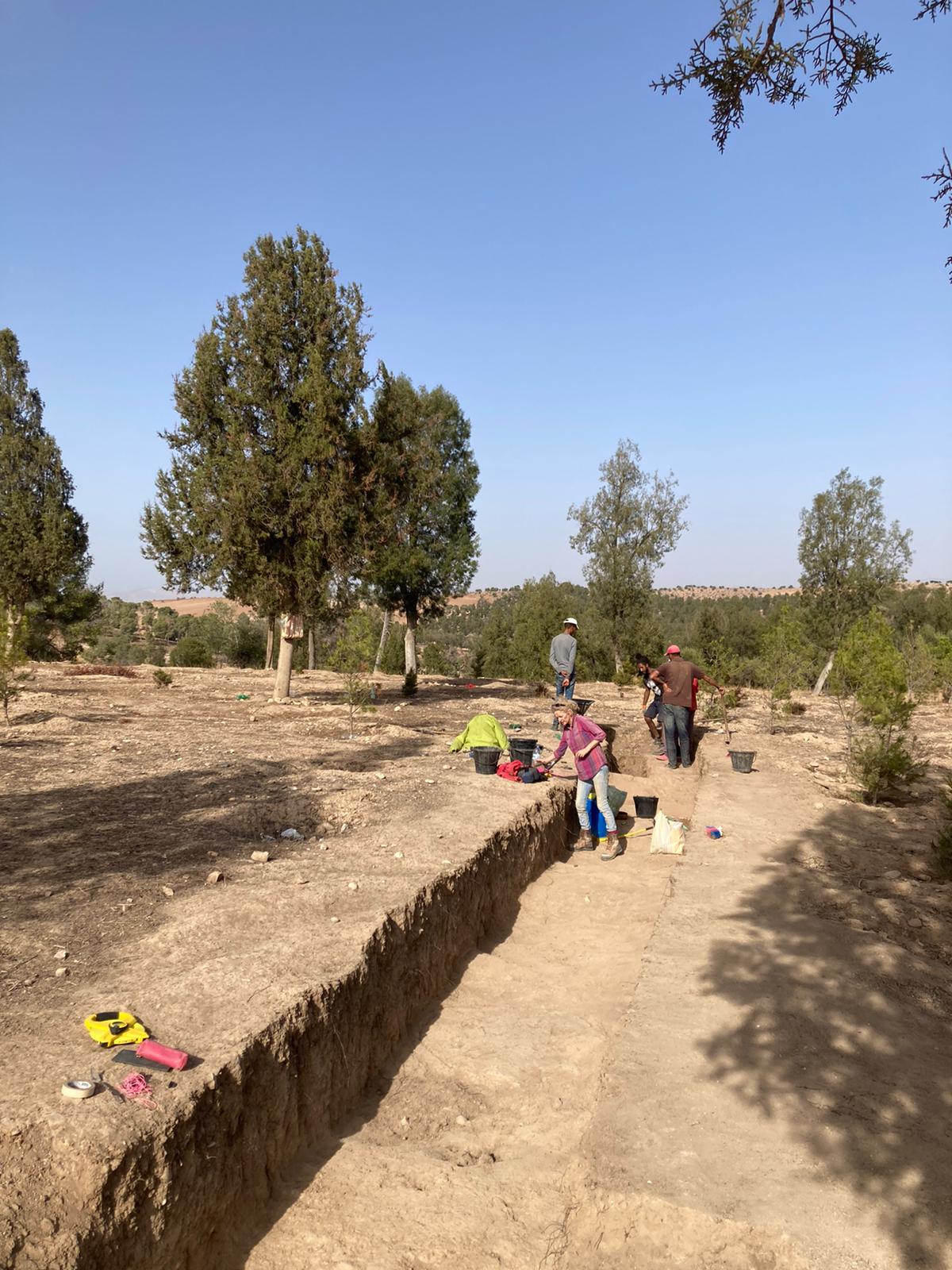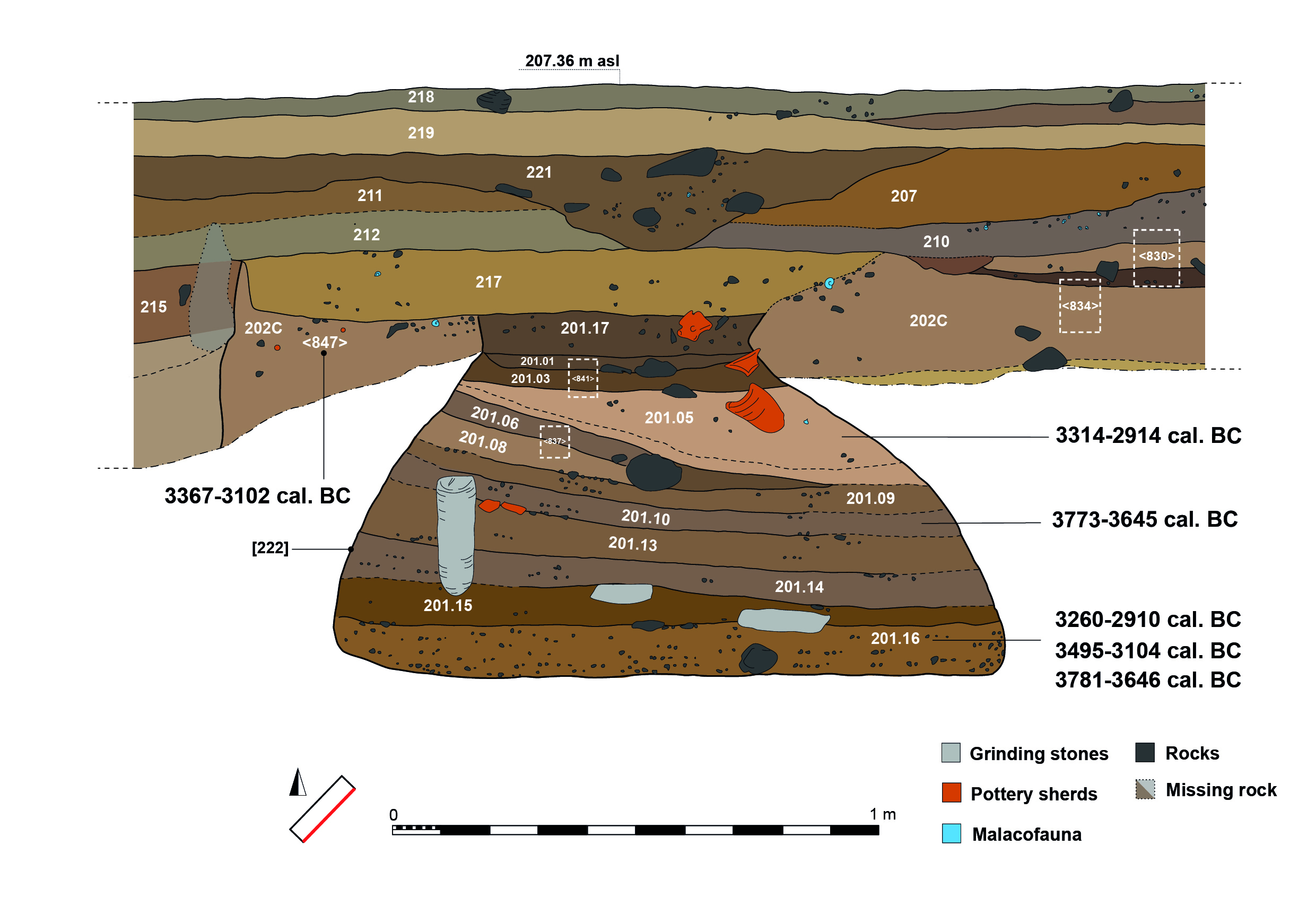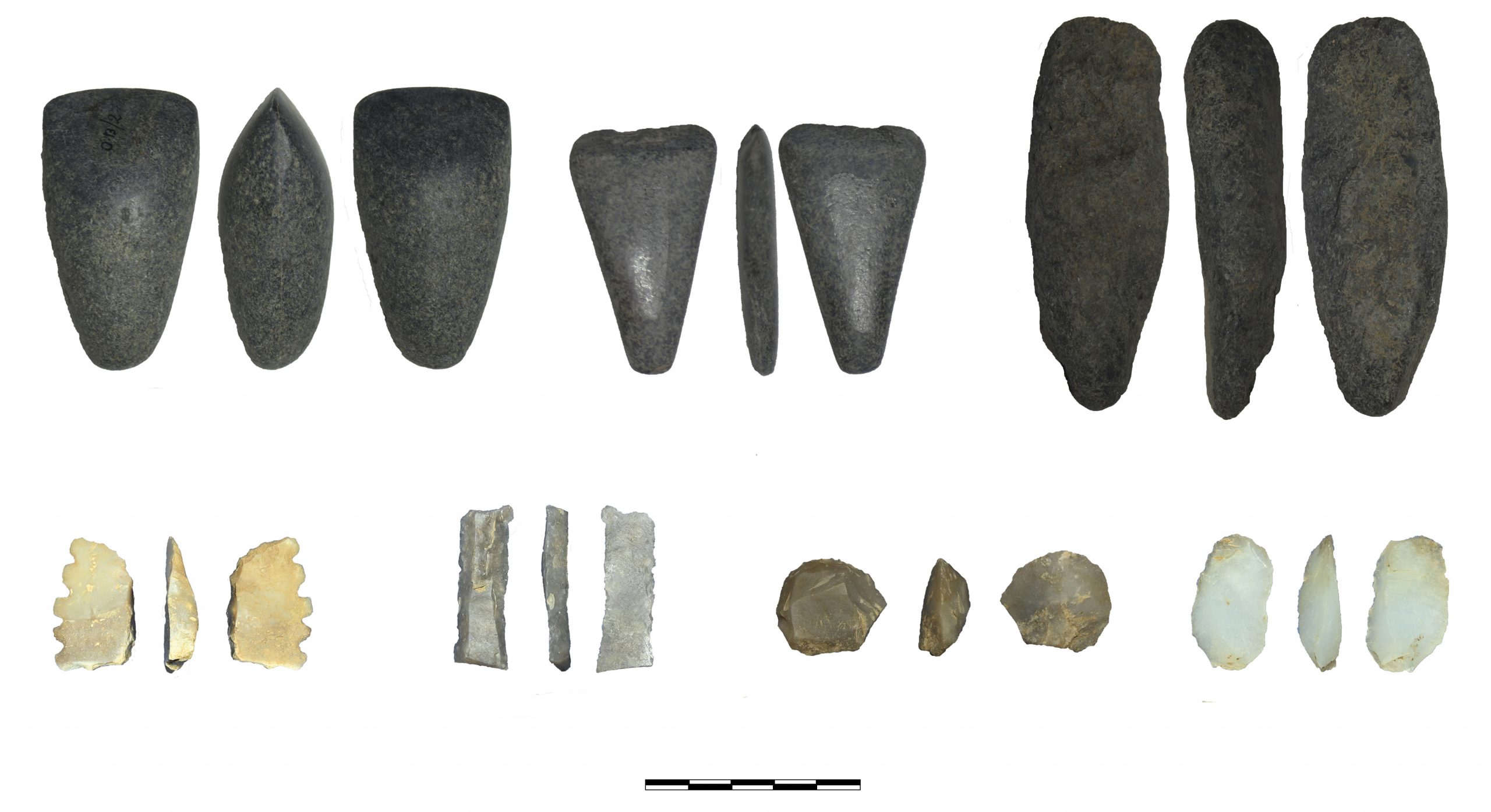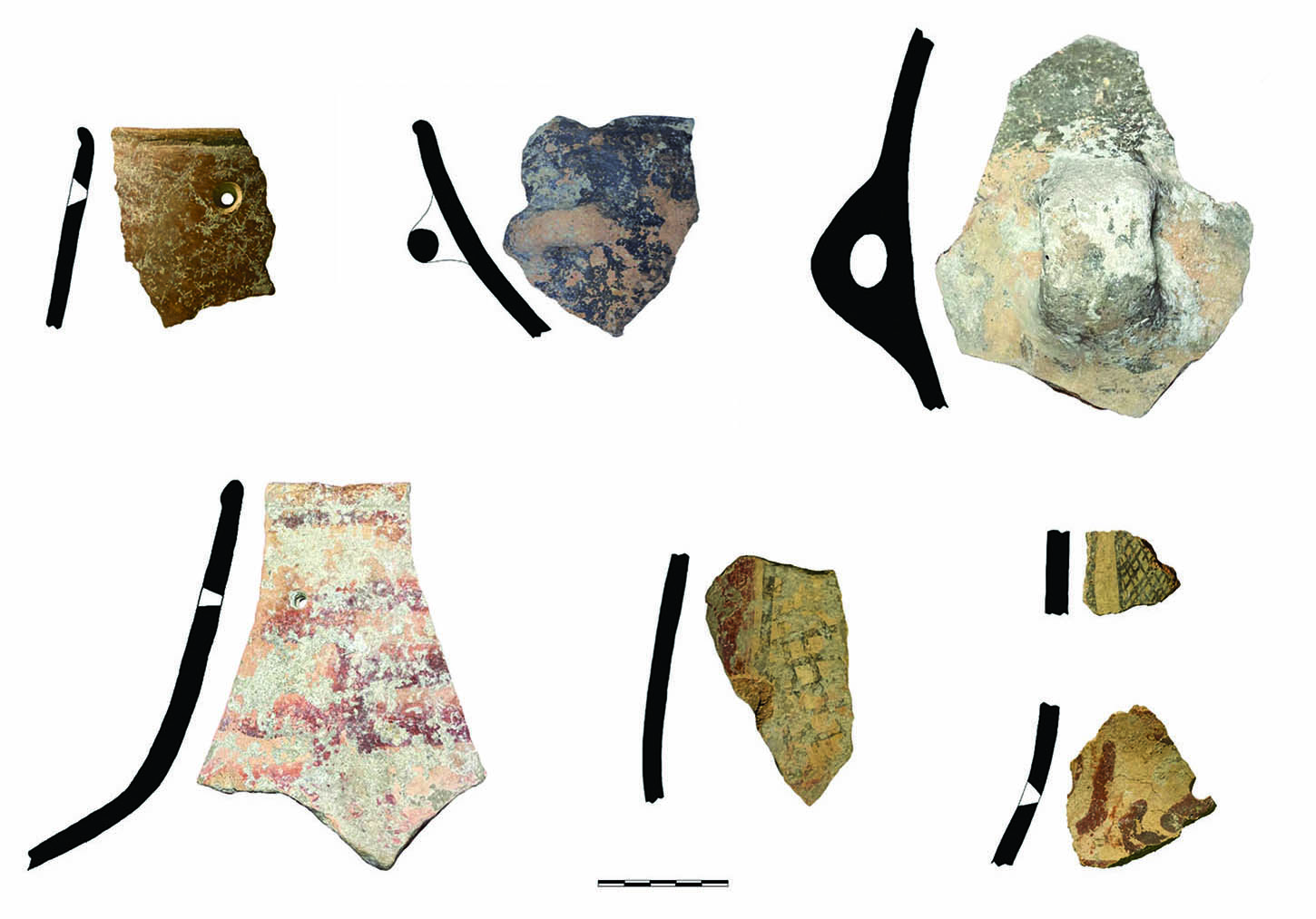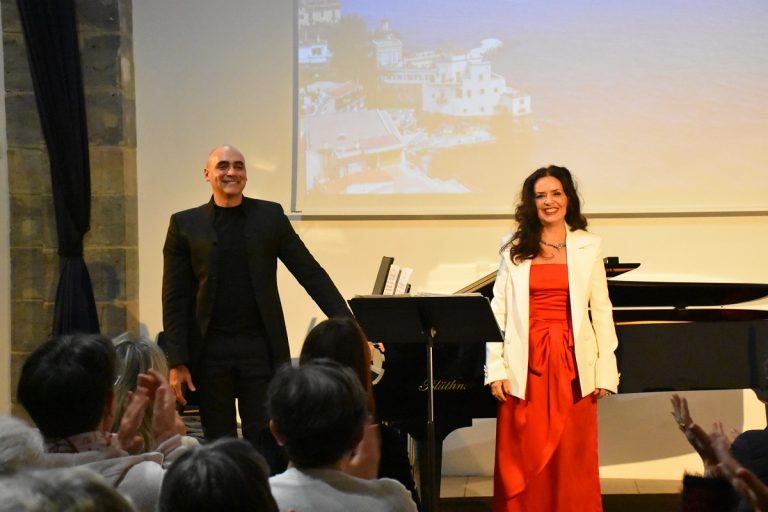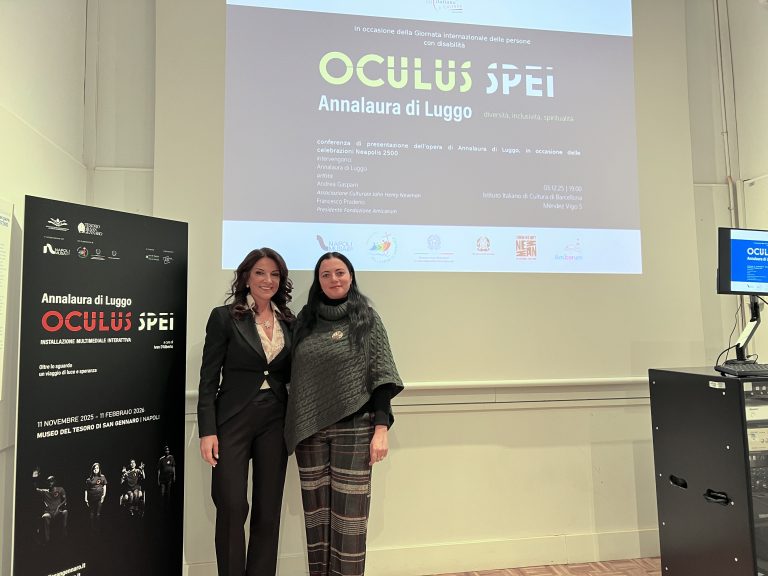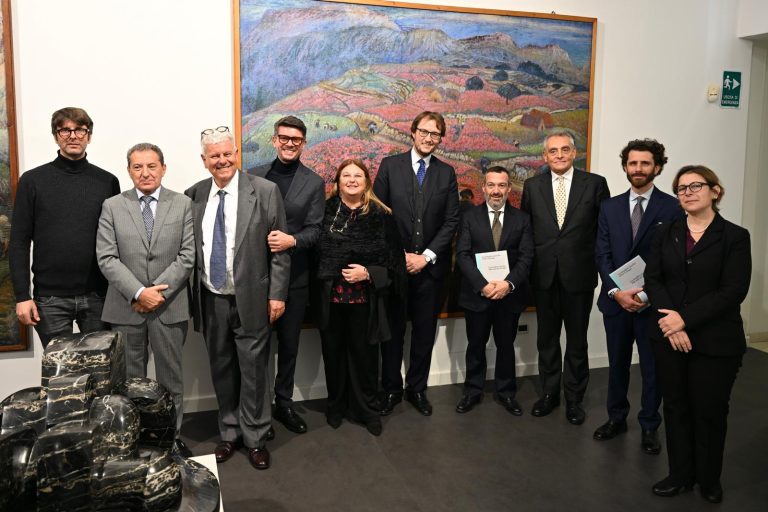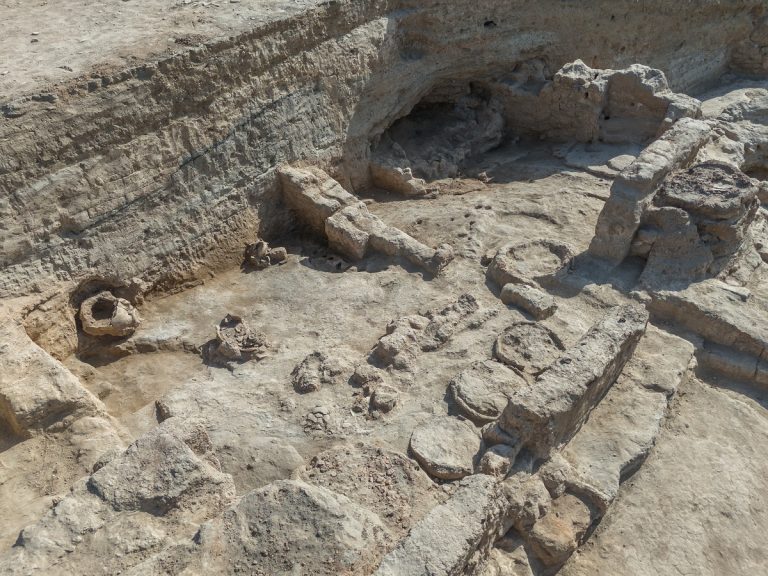In the heart of Morocco, along the banks of the Oued Beht River, an international team of archaeologists, co-directed by the National Research Council of Italy, Institute of Heritage Science (CNR-ISPC) and co-financed by the Ministry of Foreign Affairs and International Cooperation, has recently uncovered a settlement of extraordinary importance, dated between 3400 and 2900 BC. This discovery, published in the journal Antiquity, is the result of collaboration between CNR-ISPC, the Institut National des Sciences de l’Archéologie et du Patrimoine (INSAP), the University of Cambridge, and the International Association for Mediterranean and Oriental Studies (ISMEO). It marks a turning point for North African and Mediterranean archaeology, opening new research perspectives on prehistoric societies in this region.
The site, spanning about ten hectares, represents the oldest farming complex so far discovered in northern Africa outside of the Nile Valley. Research has revealed an extraordinary wealth of plant and animal remains, most of which belong to domesticated species, as well as a great variety of artefacts, including polychrome ceramics, polished stone axes, and chipped stone. Numerous pits have been found, which are believed to have been used for resource storage.
Oued Beht sheds light on a little-known period of North African prehistory, often considered “silent” by scholars. While other areas of the Mediterranean, such as the Iberian Peninsula or the Nile Valley, witnessed important social developments during this period—leading to the appearance of fortified “mega-sites” of the Iberian Chalcolithic or the prominent Pre- and Protodynastic Egyptian centers—the late prehistory of the Maghreb has remained less explored until now. Giulio Lucarini, co-director of the project along with Cyprian Broodbank and Youssef Bokbot, emphasizes that the lack of attention to this region during this period has left an incomplete understanding of the social dynamics of the time.
The location of Oued Beht, in the heart of the western Maghreb and at the crossroads between the Sahara and the Mediterranean and Atlantic coasts, suggests that this region played a key role in contacts between Africa and Europe well before the arrival of the Phoenicians and Romans. Lucarini highlighted the importance of this discovery in filling gaps in knowledge about social dynamics in northwestern Africa: “We are convinced that the Maghreb has much more to reveal, and Oued Beht may be just the first of a series of discoveries that could rewrite the history of North Africa between the 4th and 2nd millennia BC.”
This finding calls for a reassessment of the active role of North African communities in the social and cultural development of the ancient Mediterranean. “We hope,” Lucarini concludes, “that our investigations at Oued Beht will inspire and encourage further research into the late prehistory of North Africa.”

